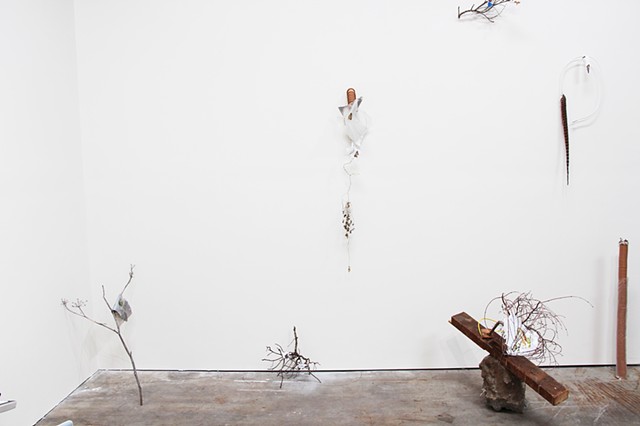Now The Totality Hits Us First: An Oracle
Early on in the residency I was told that “anything you need, just write it down and it will be there, in the pile” the scope of material that flows through Recology is pretty unfathomable for those unfamiliar with the realities of waste systems. Though a series of unparalleled experiences, I realized this would indeed be true: any material I asked for made itself available in the pile, in a larger scale than I had imagined. I thus came to see the pile, because it is where we throw all the things we don’t want to see anymore and cant otherwise deal with— as an entity that knows more about us than we do about ourselves. As an Oracle.
While in residence at Recology SF I was struck by the power of the land surrounding the “dump” or recycling center. Learning that neighboring San Bruno Mountain is often considered a biological hotspot, and that the areas history as a dumping ground (and the subsequent stench) are what saved it from being developed long enough for the endangered species act to come into play (among over 30 species of butterfly the mountain hosts are 3 federally listed as endangered). In light of scope of ecological devastation that faces our species and subsequently other species and our failure to address our problems in the face of this, The metaphor of San Brunos Mountains inadvertent escape from development became a hopeful metaphor amid despair for this work: perhaps the worse of us will save the best of us…
“Now the Totality Hits us First”, is a line from an article by Malcolm Harris on public consciousness transitioning from being unable to see climate change to it being a molecular part of every contemporary moment and every action and how “climate change is stand in for a host of ecological catastrophes that are byproducts of capitalism and colonial mentalities continued expansion of resource exploitation.
Intentionally precarious installation all works were delicately balanced, leaning on each other throughout the residency. While most works were secured for the public opening entanglements and precarity, were overarching metaphors in the experience of the work.
